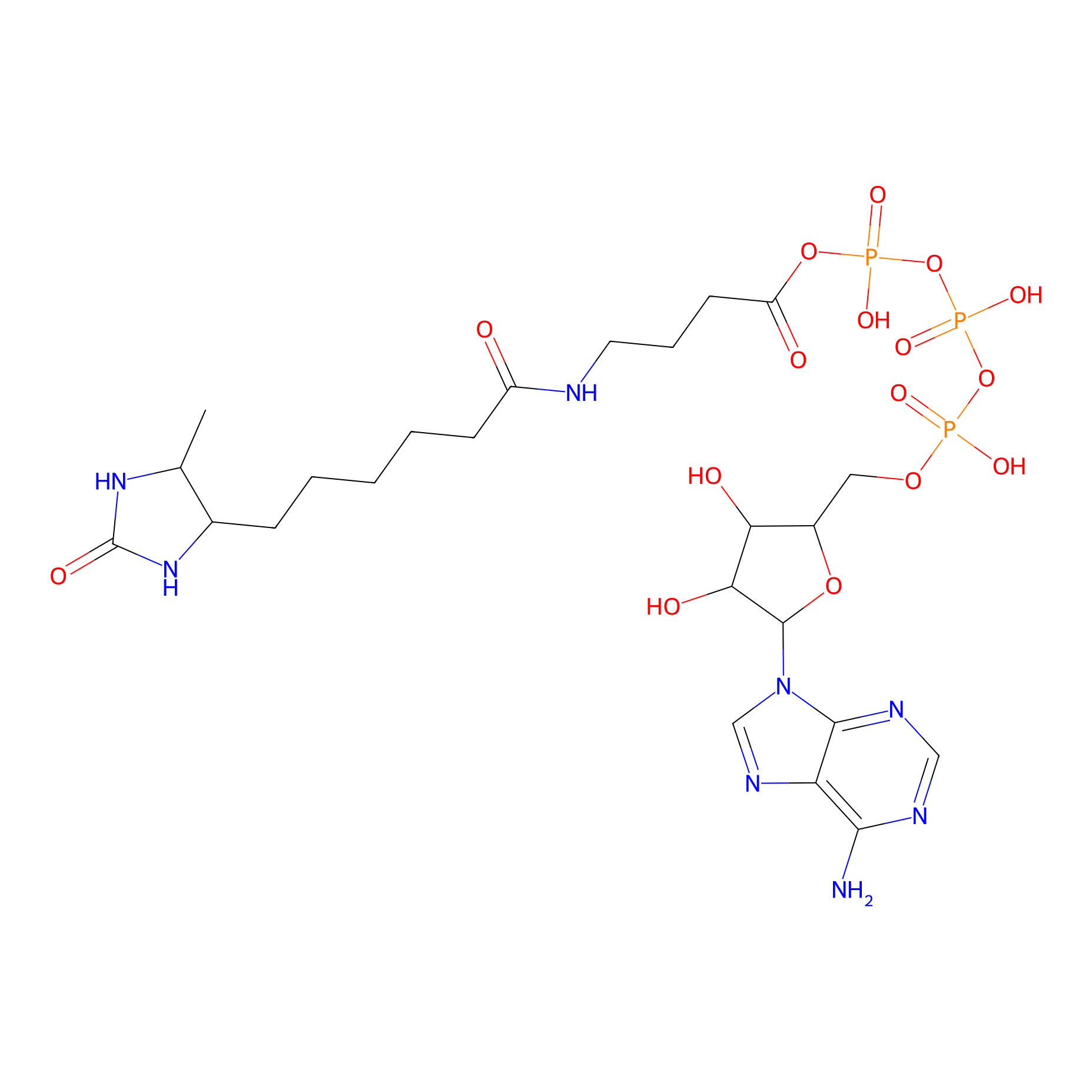Details of the Target
General Information of Target
| Target ID | LDTP04883 | |||||
|---|---|---|---|---|---|---|
| Target Name | 26S proteasome complex subunit SEM1 (SEM1) | |||||
| Gene Name | SEM1 | |||||
| Gene ID | 7979 | |||||
| Synonyms |
C7orf76; DSS1; SHFDG1; SHFM1; 26S proteasome complex subunit SEM1; 26S proteasome complex subunit DSS1; Deleted in split hand/split foot protein 1; Split hand/foot deleted protein 1; Split hand/foot malformation type 1 protein
|
|||||
| 3D Structure | ||||||
| Sequence |
MSEKKQPVDLGLLEEDDEFEEFPAEDWAGLDEDEDAHVWEDNWDDDNVEDDFSNQLRAEL
EKHGYKMETS |
|||||
| Target Bioclass |
Other
|
|||||
| Family |
DSS1/SEM1 family
|
|||||
| Subcellular location |
Nucleus
|
|||||
| Function |
Component of the 26S proteasome, a multiprotein complex involved in the ATP-dependent degradation of ubiquitinated proteins. This complex plays a key role in the maintenance of protein homeostasis by removing misfolded or damaged proteins, which could impair cellular functions, and by removing proteins whose functions are no longer required. Therefore, the proteasome participates in numerous cellular processes, including cell cycle progression, apoptosis, or DNA damage repair. Component of the TREX-2 complex (transcription and export complex 2), composed of at least ENY2, GANP, PCID2, SEM1, and either centrin CETN2 or CETN3. The TREX-2 complex functions in docking export-competent ribonucleoprotein particles (mRNPs) to the nuclear entrance of the nuclear pore complex (nuclear basket). TREX-2 participates in mRNA export and accurate chromatin positioning in the nucleus by tethering genes to the nuclear periphery. Binds and stabilizes BRCA2 and is thus involved in the control of R-loop-associated DNA damage and thus transcription-associated genomic instability. R-loop accumulation increases in SEM1-depleted cells.
|
|||||
| Uniprot ID | ||||||
| Ensemble ID | ||||||
| HGNC ID | ||||||
| ChEMBL ID | ||||||
Target Site Mutations in Different Cell Lines
Probe(s) Labeling This Target
ABPP Probe
| Probe name | Structure | Binding Site(Ratio) | Interaction ID | Ref | |
|---|---|---|---|---|---|
|
STPyne Probe Info |
 |
K62(9.09); K66(2.78) | LDD0277 | [1] | |
|
ATP probe Probe Info |
 |
N.A. | LDD0199 | [2] | |
The Interaction Atlas With This Target
The Protein(s) Related To This Target
Enzyme
Transporter and channel
| Protein name | Family | Uniprot ID | |||
|---|---|---|---|---|---|
| Junctophilin-3 (JPH3) | Junctophilin family | Q8WXH2 | |||
Other
References
